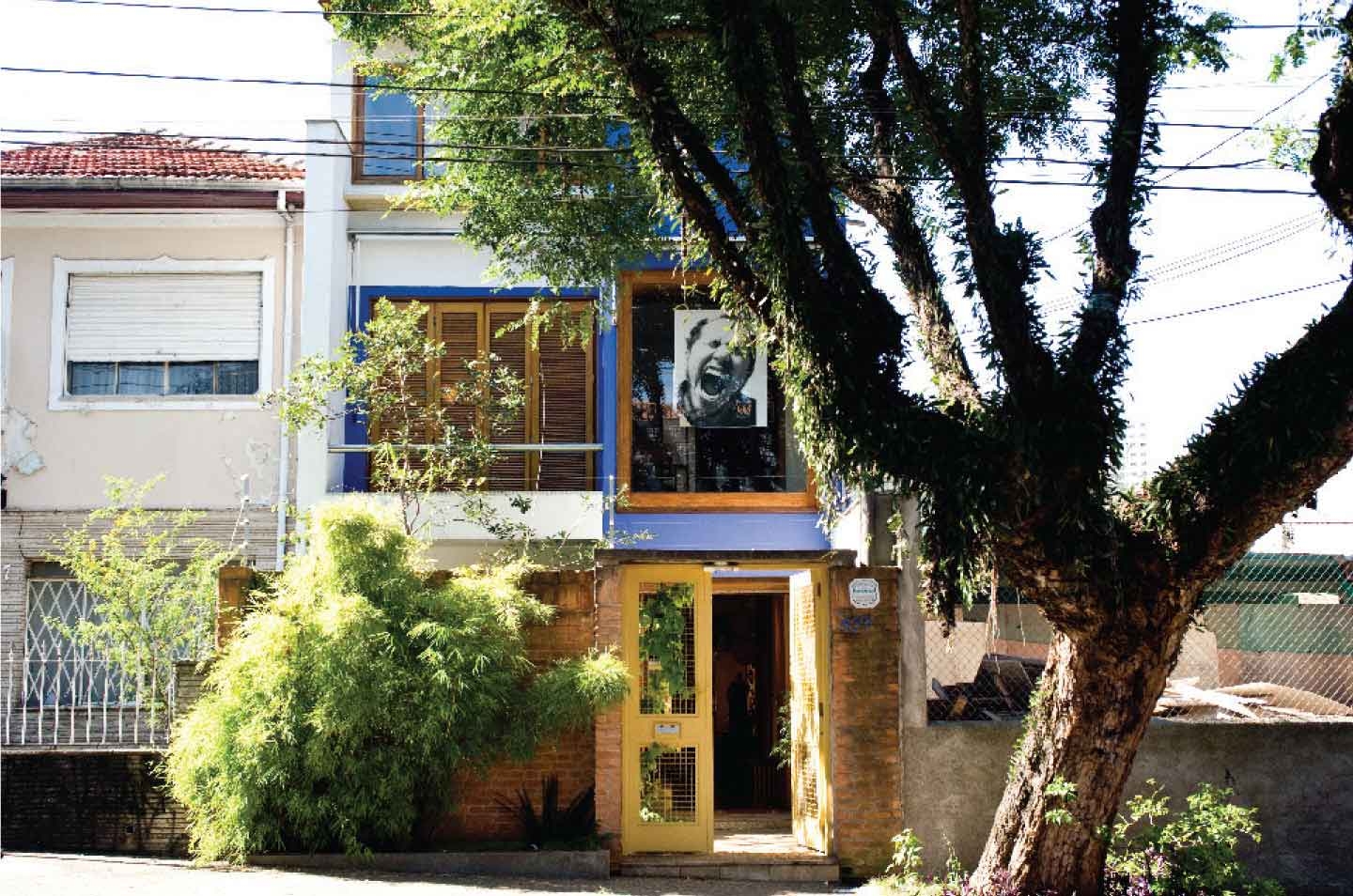Casa Tomada, São Paulo
Casa Tomada (the name, meaning ‘occupied house’, is taken from the title of a short story by the Argentinian writer Julio Cortázar) operates as a meeting place and informal studio space for artists in São Paulo. Founded by Tainá Azeredo and Thereza Farkas in 2009, and situated in a four-storey residential house in the leafy district of Jardim Vila Mariana, the organisation initiates two formal group residencies a year and, additionally, operates as an informal hangout for local artists, curators and writers. Those on the residency programme don’t receive a fee and mostly sort out their own accommodation, but they are provided with the time and space to take part in a regular series of dinners, seminars and discussion workshops with external guests, both invited and self-invited, together with access to resources such as a constantly expanding magazine and artist-publication library. Farkas says that her main concern with Casa Tomada is to ensure the right mix of people in any given group. There will, for example, always be at least one artist from São Paulo – to provide a link to the host city – together with those from elsewhere in Brazil and internationally.
Capacete, Rio de Janeiro
From next year Capacete will have two new directors, Amilcar Packer and Manuela Moscoso, but until then it will continue to be run by Helmut Batista. Yet while Batista holds the reins of the Rio-based gallery space and its wide-ranging curatorial ventures across Brazil and internationally (it staged a show at Friedrich Petzel in New York in 2008 and has co-organised an ongoing residency programme with the Office of Contemporary Art Norway), the organisation, founded in 1998, is modelled as an ‘open platform’ that has involved more than a thousand artists, curators and critics. The artists who take part in the formal residencies are housed in a nearby guesthouse run by Capacete, which also takes open bookings from creative types visiting the city.
Ateliê 397, São Paulo
With a narrow external corridor leading to a project space at the far end and an office off to the side, Ateliê 397 in São Paulo has difficult architecture to work with, yet since 2003 it has made use of its dimensions to stage a variety of exhibitions, talks and discussion groups to favourable response. Operating on a minimal income stream (a recent fundraising auction was held in its aid), the gallery primarily sees itself as a space for local artists to come and congregate. That said, in the past nine years it has hosted more than 40 exhibitions, both solo (for example, a recent site-specific show by Tiago Gomes saw a homage to Claes Oldenburg – ‘Sou a favor de uma arte – homenagem a Oldenburg’ – sloganised along the corridor wall) and group shows that promote artists from outside the city. One such exhibition was Superperformance, curated by artist Yiftah Peled over the summer, in which four other artists were asked to produce performances that could be endlessly replicated through a series of proliferating instructions.
A Gentil Carioca, Rio de Janeiro
Operating as a nonprofit commercial outfit and run by three artists – Marcio Botner, Laura Lima and Ernesto Neto – A Gentil Carioca is hard to fit into any typical definition of who should operate a gallery and how they should do it. Situated on the first floor of a downtown block in Rio de Janeiro, the gallery makes frequent forays to art fairs (including Art Basel and Frieze London) and international exchange programmes. Its oddly proportioned space is a flagbearer for the city’s art scene. Botner handles most of the day-to-day administration, while maintaining a collaborative practice with Pedro Agilson and teaching at the Parque Lage Visual Arts School. With the interests of the represented artists to occupy him, gallery exhibitions to organise, the readying of an impending additional space a few doors down and the commissioning of a regularly changing installation on the gallery’s external wall, he’s a busy man.
This article was first published in the Brazil supplement with the September 2012 issue
